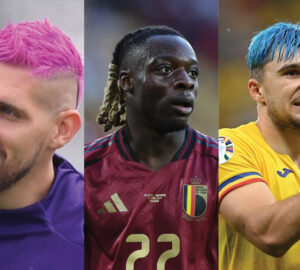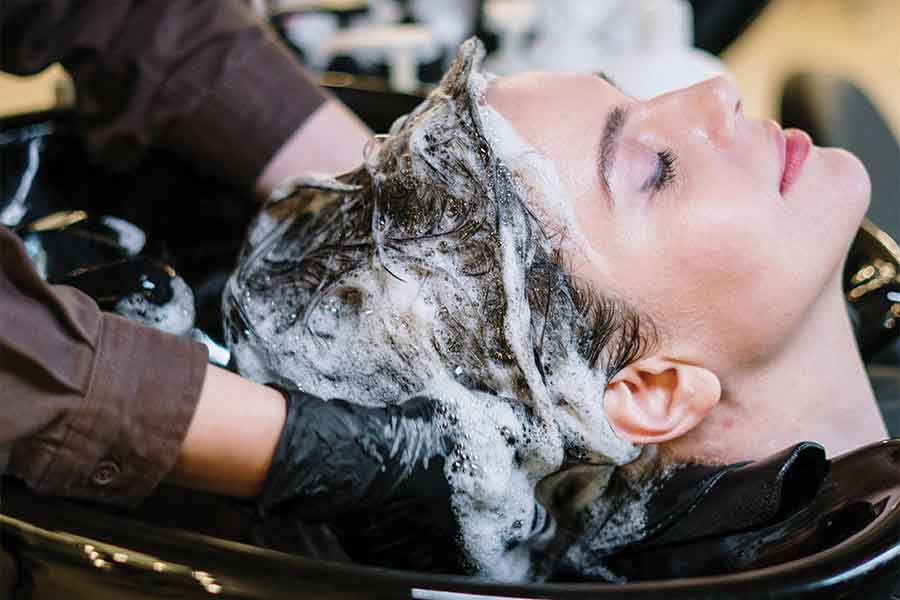A technical guide to pre-lightening hair for the perfect haircolour result!
While hair colour has grown from just streaks and highlights to Balayage and Ombres, pre-lightening is the base that gives these styles the look that we actually adore. While every colouring technique has science involved, pre-lightening is something that needs more precision.
Industry experts Ryan D’Rozario and Pooja Savla Shroff share insights on the technical aspects of the process of pre-lightening hair with StyleSpeak.
What is pre-lightening hair?
Pre-lightening is a more intricate and advanced way of reducing the pigment present in coloured or natural hair through chemical treatment. The product reacts with the melanin present in the hair, removing the natural hair pigment. The peroxide is used in an alkaline solution to open up the hair shaft. This allows the peroxide to react with the melanin in the process of pre-lightening the hair.
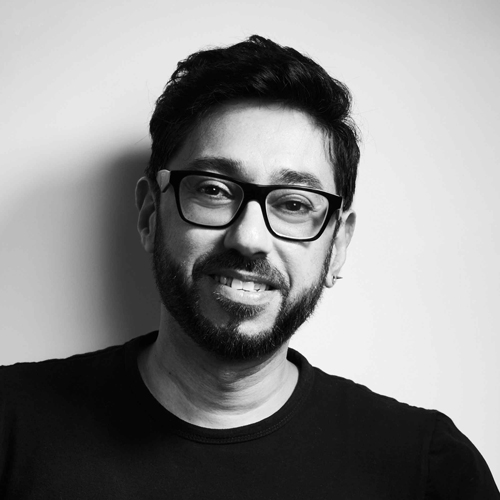 According to Ryan D’Rozario, Salon Director, Salon Muah, pre-lightening is when a hairstylist uses hair bleach to remove or lighten pigment from the hair – whether natural or artificial. Pre-lightening is another term for bleaching. The word is used in hair dressing the world over as a more milder and controlled version of old school bleach. The term is also more professional as nowadays there are various pre-lightener concoctions with different lightening levels and various protective ingredients offered by many competing hair product companies.
According to Ryan D’Rozario, Salon Director, Salon Muah, pre-lightening is when a hairstylist uses hair bleach to remove or lighten pigment from the hair – whether natural or artificial. Pre-lightening is another term for bleaching. The word is used in hair dressing the world over as a more milder and controlled version of old school bleach. The term is also more professional as nowadays there are various pre-lightener concoctions with different lightening levels and various protective ingredients offered by many competing hair product companies.
An important part of a pre-lightener is the usage of developer/ peroxide. It is like two sides of a coin, it’s imperative that the stylist uses the right peroxide that is developed in conjunction with that particular pre-lightener.
What are the different types/styles of pre lightening?
There are different types of pre-lighteners, e.g. powdered pre-lighteners, dust free lighteners, cream bleaches, anti-yellow pre-lightener, oil infused pre-lightener, scalp pre-lightener, etc.
“Hairdressers have coined many words over the years, some of which have become iconic styles/techniques of pre-lightening. Some of these words have become mainstream, probably because of the media and social networking”, says Ryan.
Some of the famous techniques are:
- Ombré
- Baby lights, also referred to as micro lights
- Balayage
- Money piece
- Tiger eye hair colour
- Face framing colour
- Block paneling (this is usually for the reds, pinks, blues, etc.)
- Cleanser highlights (this was /is famous in India, because of the rampant use of vegetable dyes/Henna, etc)
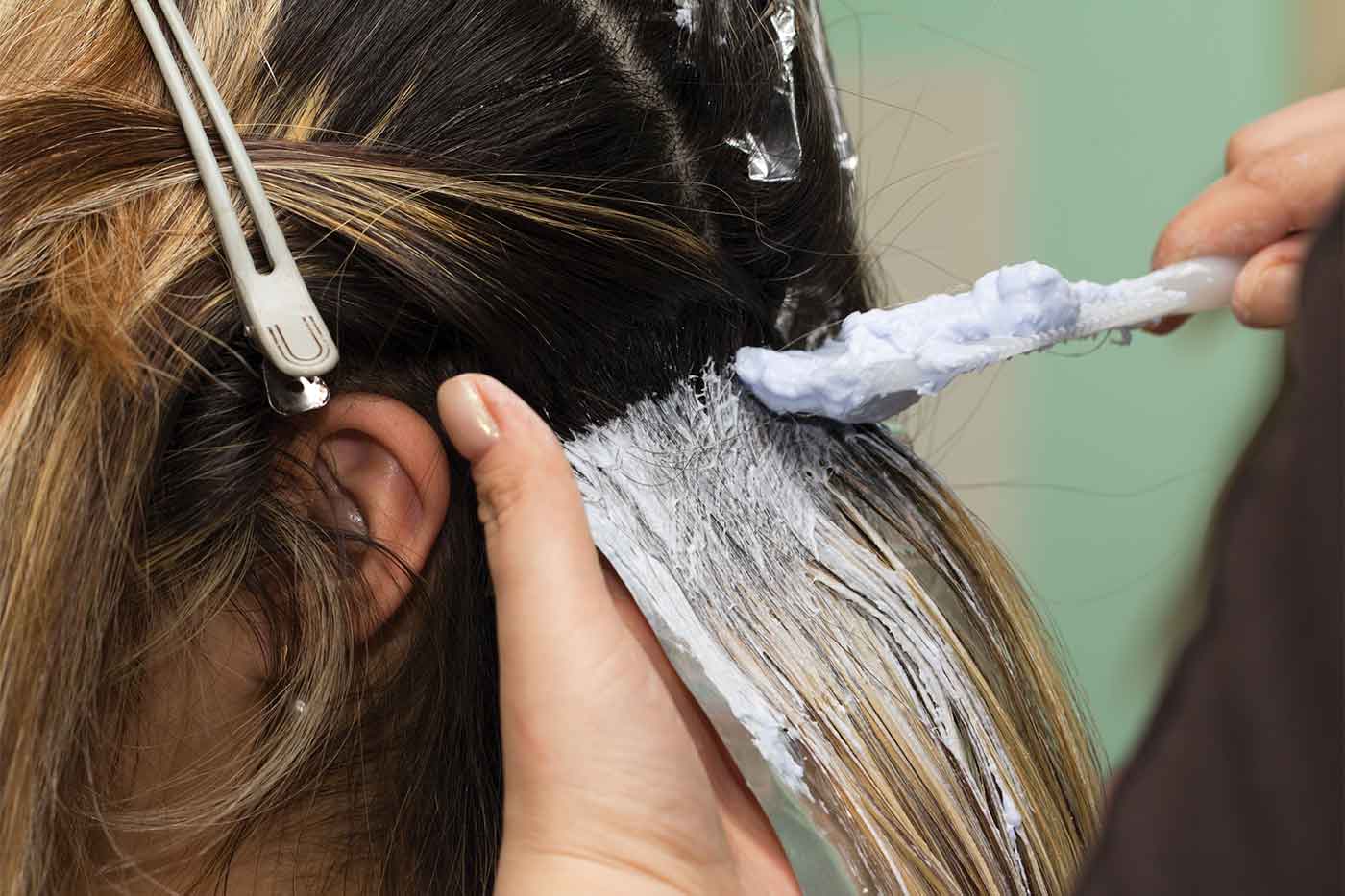
When is pre-lightening done?
It is not necessary that pre-lightening is done only as a colour correction. It could be based on an individual’s choice of colour that might need a pre-lightening to be done. However, it is used for colour correction in most cases.
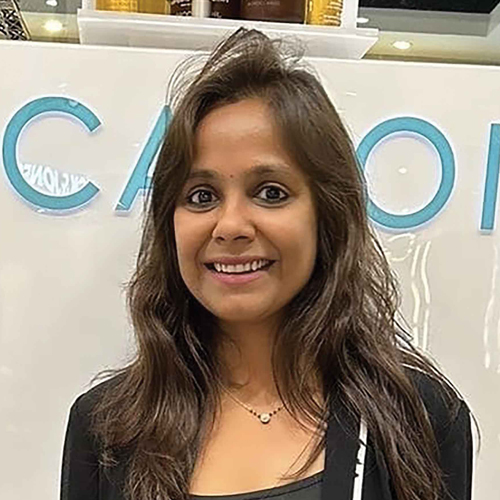 According to Pooja Savla Shroff, Style Director, Jean Claude Biguine, pre-lightening is done after a proper consultation and analysis of the client’s hair in the following scenarios:
According to Pooja Savla Shroff, Style Director, Jean Claude Biguine, pre-lightening is done after a proper consultation and analysis of the client’s hair in the following scenarios:
- The coating of previous colour such as a box colour has gone patchy
- A client might want to change a previously done dark global colour to a lighter shade
- The client wants to change the colour to an 8 to 9 level of lighter shade
- Pre-lightening is also to be done as a part of trending fashion where the colours range from blues, purple, greens and many other funky colours
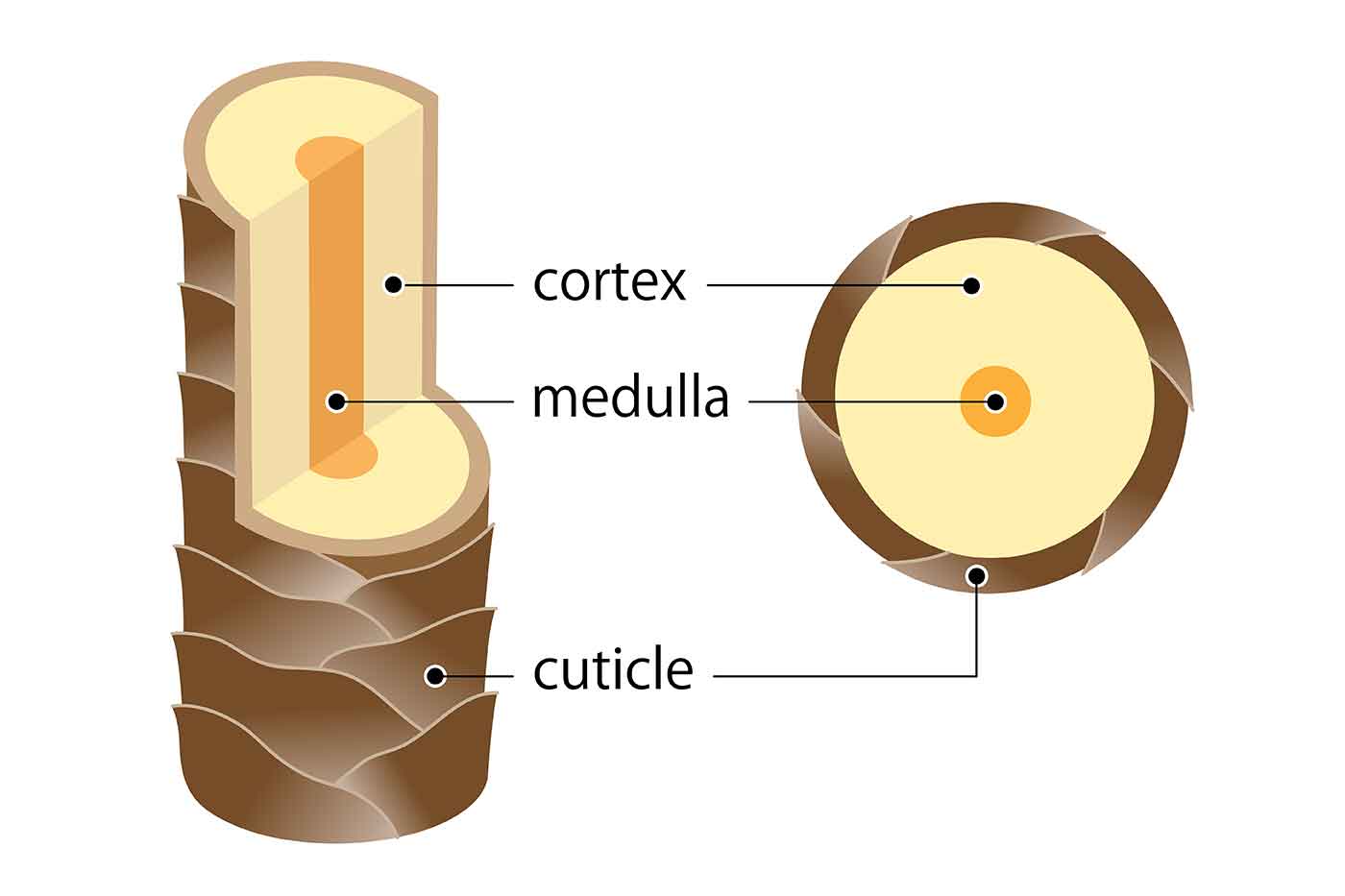
Role of hair texture in pre-lightening
For best results, we must consider the following three components while colouring or bleaching hair:
- Hair Texture
- Hair Porosity
- Timing (how long the product is left on the hair)
In the context of hair, the definition of TEXTURE is simply the DIAMETER of the hair strand. Fine textured hair has a very “Skinny” diameter, medium textured hair has a “Medium” diameter, and coarse textured hair has a very “Thick” diameter.
When a chemical treatment, such as hair colour or pre-lightener, is done to a hair strand, the strands with the least amount of density (Cortex) will react faster and more intensely than hair with greater density, such as coarse hair.
Pooja adds that pre-lightener works well on natural hair colours ranging from mid-brown to blonde. Pre-lighteners are also used to gently lighten dark brown or black hair by a few shades without causing harm. A second stage of colour is then applied over the top, as with lighter hair. However, if your client has virgin hair and is only looking for 4 to 5 levels of lightening or if the hair is naturally frizzy, it is advised to avoid pre-lightening the hair.
So, if you’re a colourist and are on the go with clients who come with colour choices, you should definitely give them a strong consultation and conduct a thorough hair analysis before you get on to the business. Go ahead and get that colour right!


